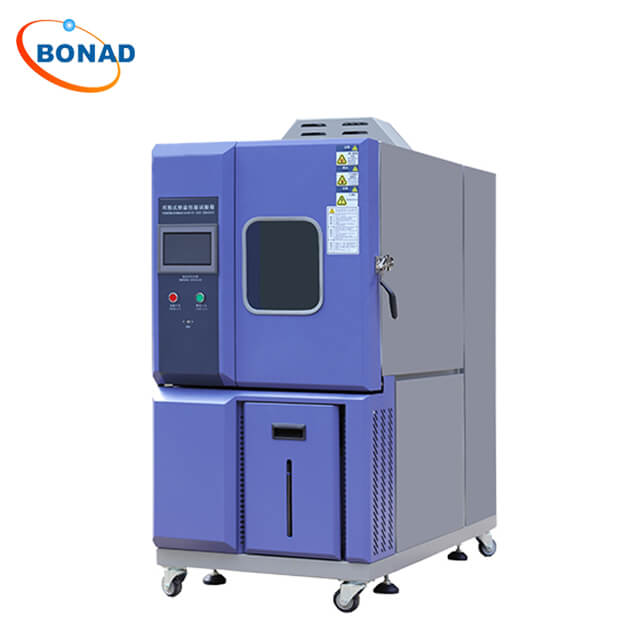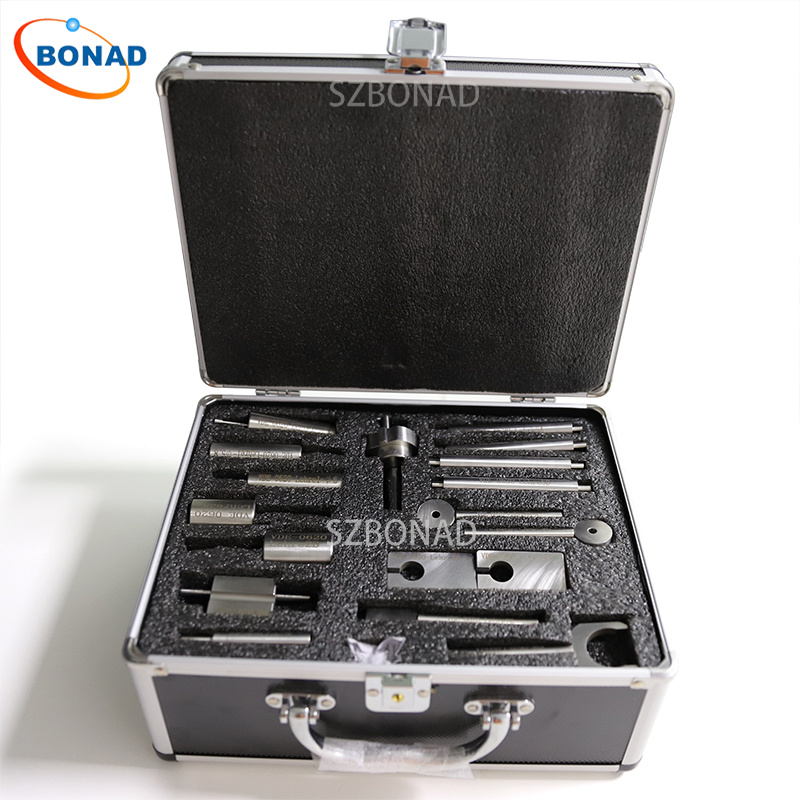Introduction: IEC 60068 is a globally recognized standard developed by the International Electrotechnical Commission (IEC), offering comprehensive guidelines for the classification and testing of environmental test equipment. This article aims to elucidate the significance of IEC 60068, highlighting its key components and the critical role it plays in ensuring precise and dependable environmental testing.
Significance of Environmental Testing: Environmental testing is vital for assessing the durability and performance of equipment and products under varying environmental conditions. This process involves exposing test samples to controlled or simulated stresses such as temperature, humidity, vibration, shock, and altitude. Accurate environmental testing allows manufacturers and users to gauge the robustness, reliability, and functionality of their products, confirming their suitability for intended operational environments.
Key Components of IEC 60068:
- Classification of Environmental Conditions: IEC 60068 establishes a set of codes and symbols to classify the environmental conditions under which tests are conducted. These codes cover factors like temperature, humidity, vibration, shock, and altitude, providing a standardized framework for specifying and documenting test conditions.
- Test Methods and Procedures: The standard details specific test methods and procedures for subjecting specimens to various environmental stresses. It encompasses a broad range of tests including temperature testing, humidity testing, vibration testing, shock testing, among others. These standardized methods ensure consistency and reproducibility in environmental testing, yielding accurate and meaningful results.
- Performance Criteria: IEC 60068 outlines performance criteria and acceptance thresholds for evaluating test specimens during environmental assessments. These criteria define acceptable limits for parameters such as functionality, performance degradation, or physical integrity. Adhering to these criteria ensures that products meet desired performance standards under specified conditions.
- Test Equipment and Instrumentation: The standard also provides guidance on selecting and calibrating test equipment and instrumentation used in environmental testing. Emphasis is placed on using precise and reliable equipment to maintain the integrity and repeatability of test results. Proper calibration minimizes measurement errors, ensuring accurate data recording.
Benefits of Adhering to IEC 60068 Guidelines:
- Standardization: Compliance with IEC 60068 promotes standardization in environmental testing methodologies, enabling consistent and comparable results across various laboratories and facilities.
- Quality Assurance: Following these guidelines ensures the accuracy, reliability, and repeatability of environmental tests, fostering confidence in test outcomes and supporting quality assurance for both manufacturers and end-users.
- Product Development and Enhancement: Environmental testing based on IEC 60068 aids in product development by identifying potential weaknesses or vulnerabilities under different environmental conditions. This allows manufacturers to address issues proactively, improving product performance and reliability.
- Regulatory Compliance: Adherence to IEC 60068 is essential for regulatory compliance across numerous industries. Many regulatory bodies require conformity with these guidelines for product certification and market entry, ensuring compliance with safety and reliability standards.
Conclusion: IEC 60068 offers crucial guidelines for classifying and testing environmental test equipment. Adhering to these guidelines ensures standardization, accuracy, and reliability in environmental testing processes, enabling manufacturers to evaluate product performance under various conditions effectively. By following IEC 60068 standards, organizations can achieve quality assurance, drive product innovation, enhance reliability, and meet regulatory requirements across diverse industries.



